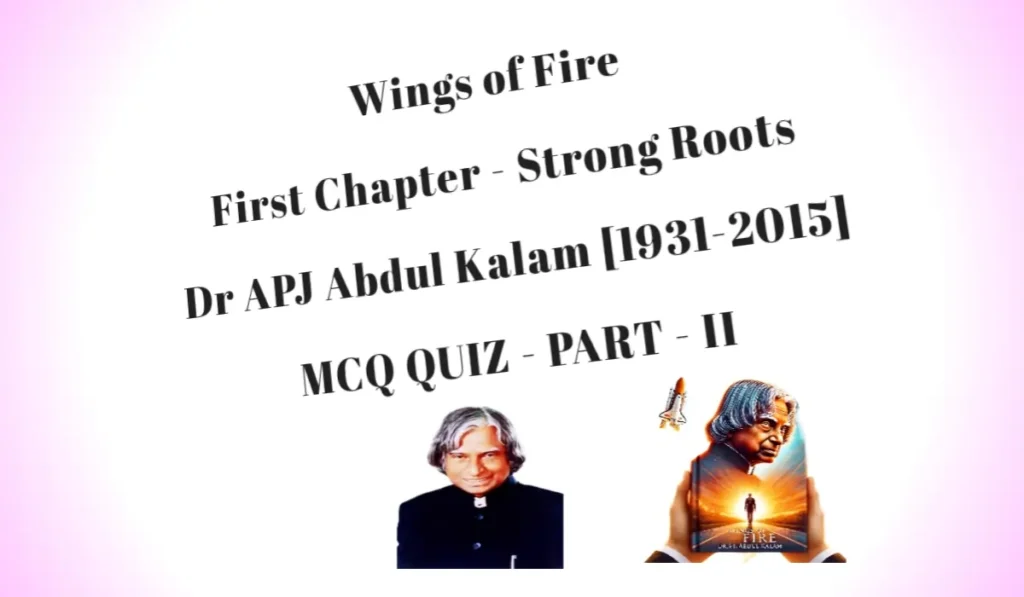Question — Essay-type
Discuss Keats as a romantic poet.
Keats did not gain any recognition in his life, but he is a great romantic poet. The earliest attempt of Keats at verse is his ‘Imitation of Spenser’. This and some other short pieces were published together in his ‘Poems’. His first volume of verse of a different quality was his next volume ‘Endymion’. The work is clearly immature, but many of the passages have poetic beauty. His third and last volume contains a collection of poems of the first rank. ‘Isabella’ marks a decided advance in Keats’s works. The style is deeper in tone. ‘Hyperion’ is modelled on ‘Paradise Lost’. ‘The Eve of St. Agnes’ is regarded as his finest narrative poem. His poem ‘Lamia’ is marked by pictorial richness. His great odds are gems in English Literature.
The Romantics as Pater says, add ‘strangeness to beauty’. Love of beauty is Keats’s differentia. His poetic creed is the identification of truth with beauty. He says,“Beauty is truth, truth beauty”. He is of imagination all compact, and imaginatively he can enjoy beauties which are hidden from the physical eye.
Dissatisfaction with the present order of things is the key-note of romanticism. Keats escapes imaginatively into the ancient world of Hellas or into the Middle Ages. While Shelley imagines a golden age to come in future, Keats finds it in the past. The Greek myths and the Greek literature and art fascinate him. He had knowledge of Greek, but none of his contemporaries was removed by the spirit of Greece.
Romanticism has been defined as the ‘Renaissance of Wonder’. Keats is fully alive to the super-sensuous world. It is the magic and mystery of the Middle Ages that captivate his heart. ‘The Eve of St. Agnes’ and ‘The Eve of St. Mark’ are based on medieval belief in fairies.
The romantic in Keats is also an escapist. He wants to escape into the world of romance or art. He is aware of the fever and the fret of life where all men sit and hear each other’s groan, where youth grows pale and dies, and where beauty cannot keep her lustrous eyes.
As a romantic poet Keats is a lover of nature. Whereas Wordsworth spiritualizes and Shelley intellectualizes nature, Keats is content to express her through the senses– the colour, the scent, the touch, the pulsing music– these are the things that stir him to his depths.
The most notable quality of Keats as a poet distinguishes him from his contemporary Shelley. As a poet he elects to deal with sensations rather than ideas, with concrete life than with abstract imaginings. He says,“O for a life of sensations rather than of thoughts!” It does not mean that he eschews ideas. His odes refute such a suggestion. When he elects to deal with ideas, he chooses such human things as love, sorrow, life, and beauty and presents them with concrete shapes.
The extremes of romanticism and a rare classicism co-exist in Keats’s poetry. Greek themes are treated in the manner of the romantics. His poetry is characterized by emotion and imagination as well as by polish and restraint.
Music was seen as a medium through which an elevated state of consciousness could be attained. It bridged the gulf between the form and the formless through the use of imagination, and Keats uses this power of sound and music in his poetry to captivate and bewitch his audience. He uses a number of meters The meter used in ‘To Autumn’ is iambic pentameter, which means that each line of the poem is comprised of five iambic feet (unstressed syllable followed by a stressed syllable). For example, “With fruit the vines that round the thatch-eves run.” ‘Ode to a Nightingale’ demonstrates impressive stylistic elements in terms of meter and rhyme scheme. The use of Iambic Pentameter along with the amalgamation of short and long vowels gives the poem a steady rhythm and reveals the melody and the musicality of the words. The use of alliteration for instance in phrases like “With beaded bubbles winking at the brim,” “Singest of summer”, “deep-delved earth”, “Fast fading violets” lends a magical, melodious and sensory effect to the poem.








